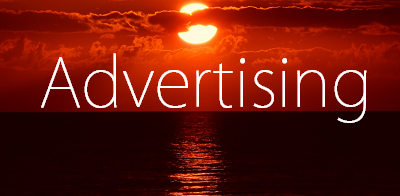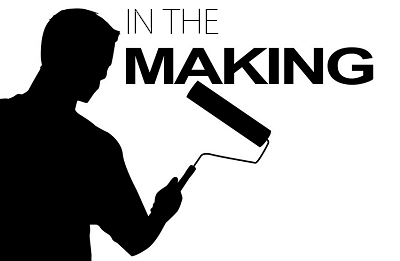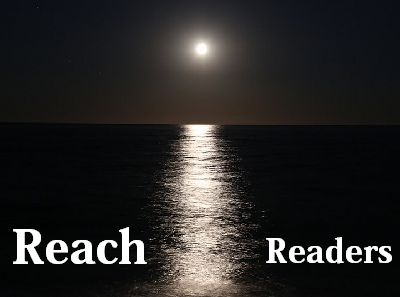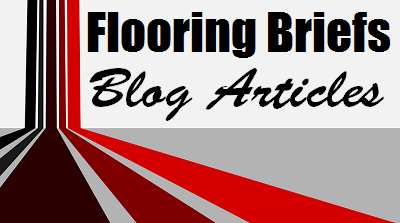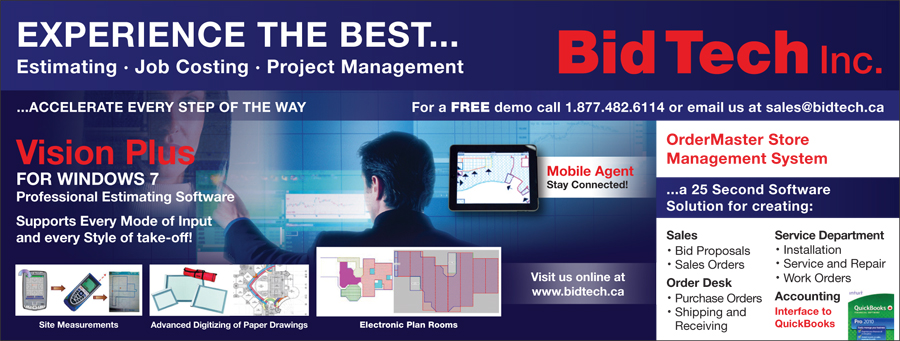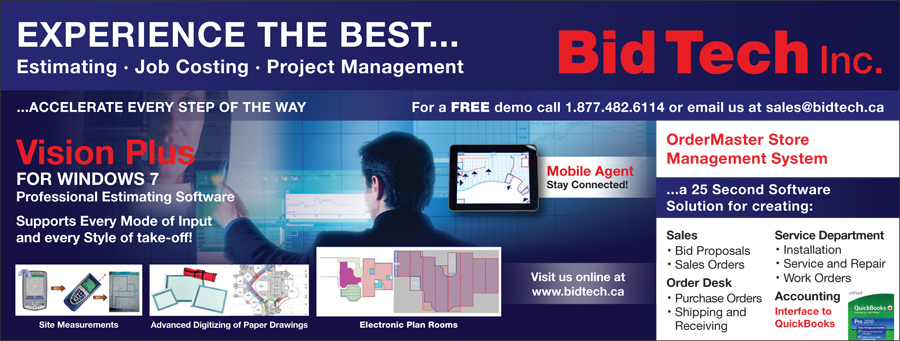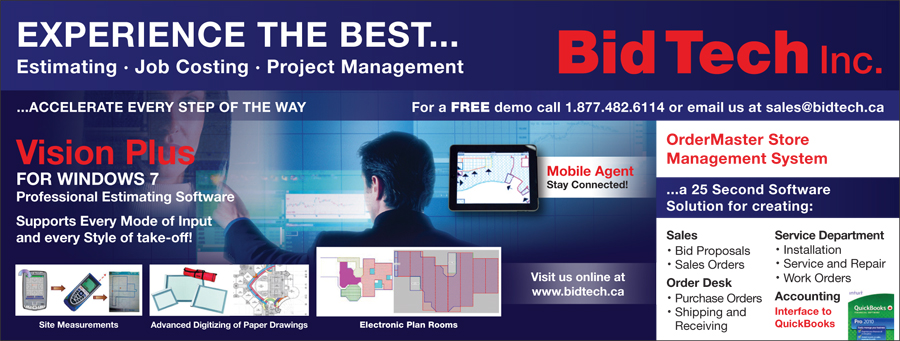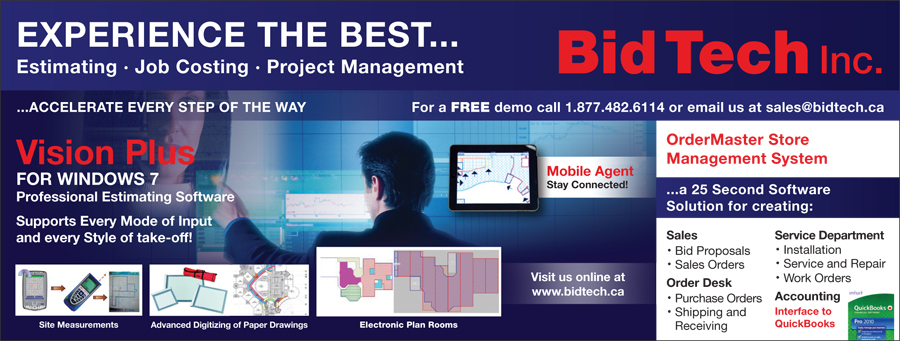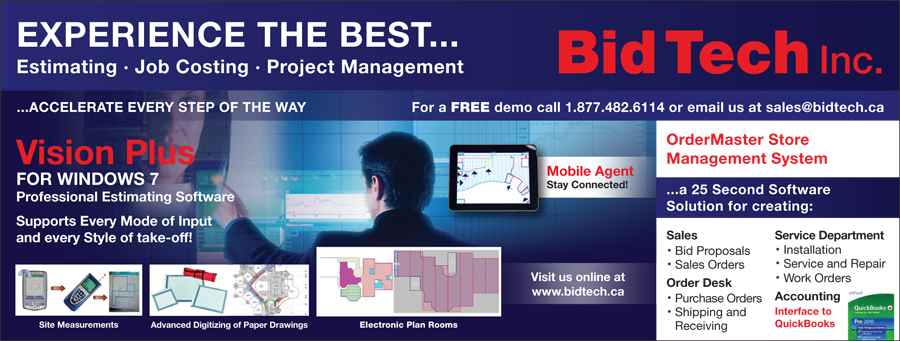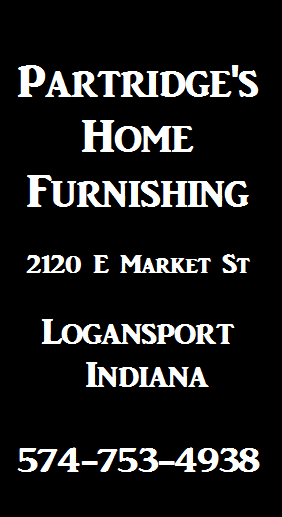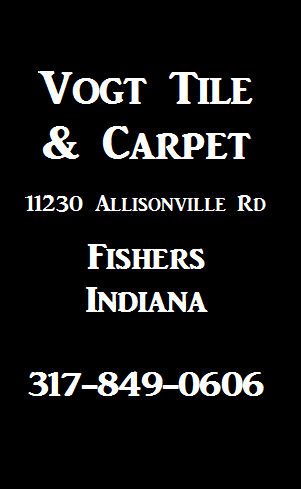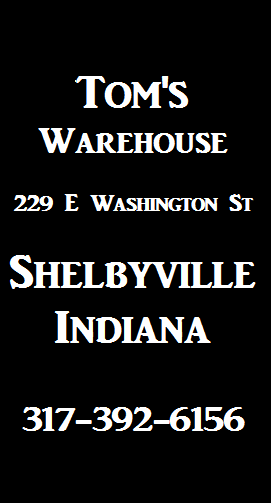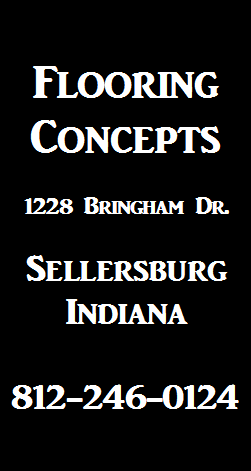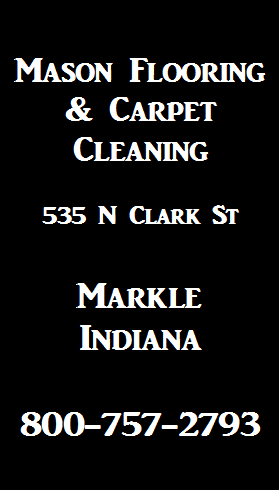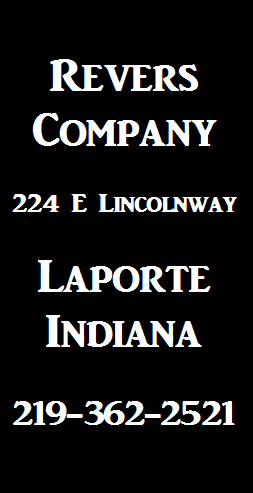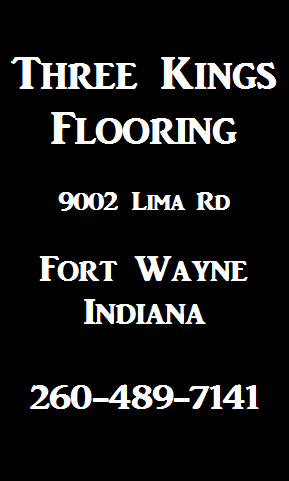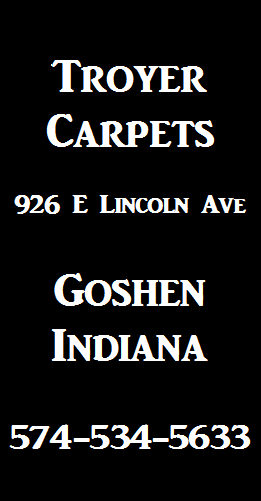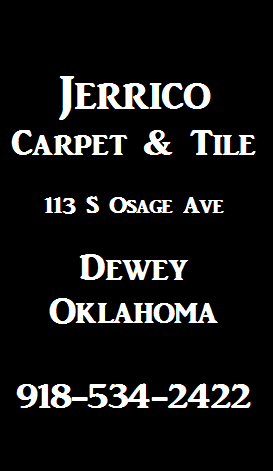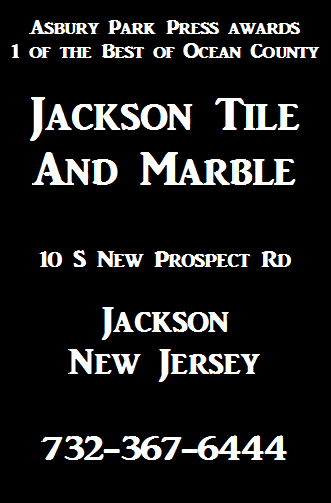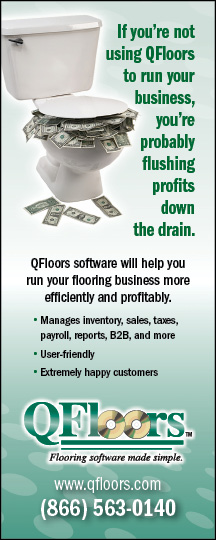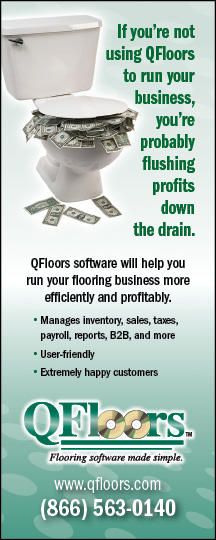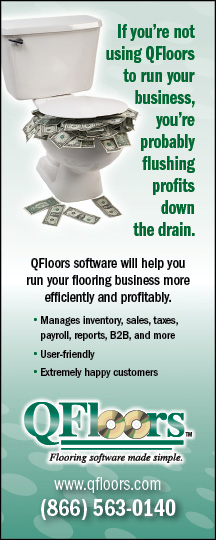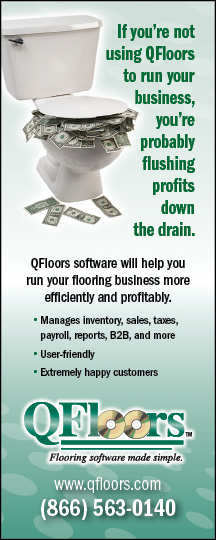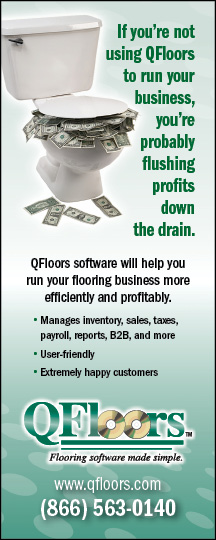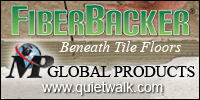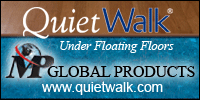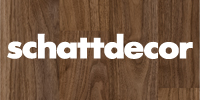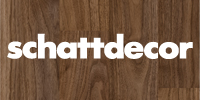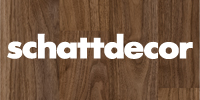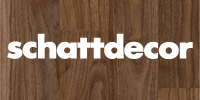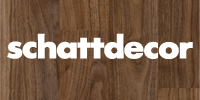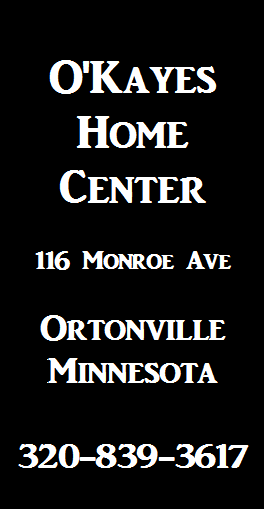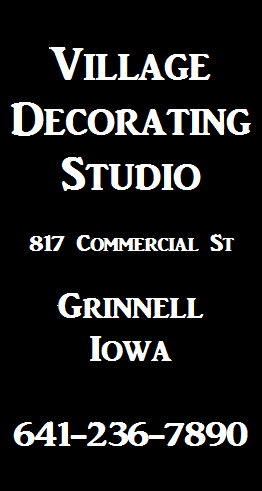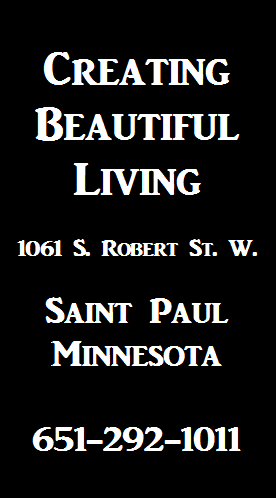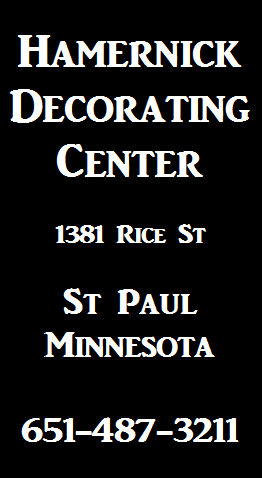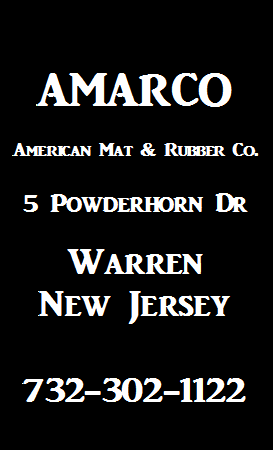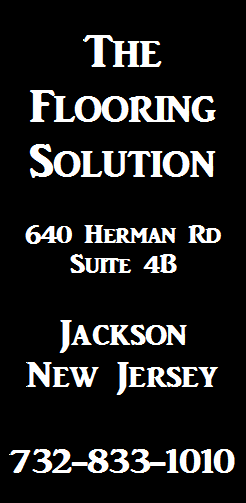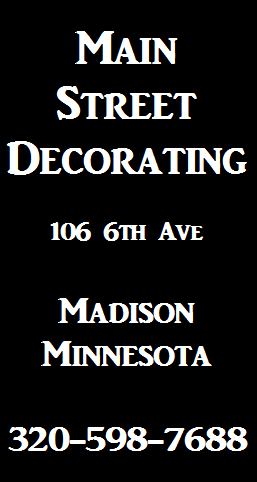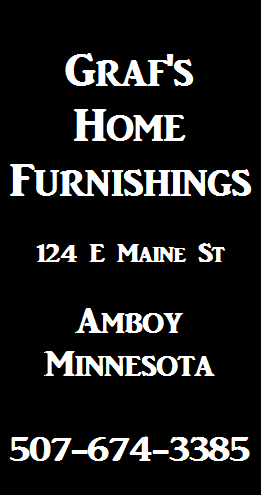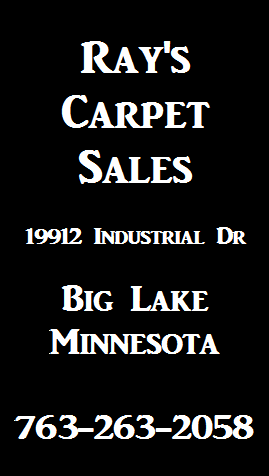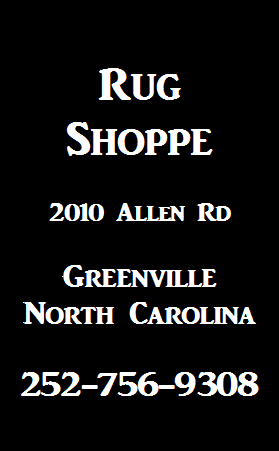

Technology, which raises expectations for the next generation of presenters:

By combining text, graphic and video elements, presenters convey concepts, launch campaigns, conduct training programs, deliver compelling proposals, make memorable announcements and more.

For example, Open Office Impress creates slide shows without incurring the high costs of commercial grade presentation software. Presenters deliver slide show presentations using presentation software with viewing methods that vary from program to program. Either time the slide changes or click through them.
Presenters use technology to display their presentations on larger screens; simply by connecting their monitor to another screen. Most software can export presentations in Adobe® Flash® or portable document format (PDF) for distribution and individual viewing. Google Docs™ presentation could be saved in the PowerPoint® format; so that the program is not required to create the presentation, but an option for those who wish to view it. Adobe® Flash®-based presentations may be best for those slide show presentations that will be viewed online, as most computer users already have the Adobe® Flash® player installed on their computer systems. When presentation software is used to create a presentation for a web-based seminar, or webinar, users can sign up for a service which allows them to conference with others and share the screen, which means that participants in the webinar can watch the presentation on their computer screen while listening to the audio with a telephone call. These webinars can be recorded to show both the presentation and the audio from the phone call for archived viewing purposes.

Presentation software makes the ability to communicate messages to a group of people effortless compared to other delivery methods. The ability to combine text and graphics makes the presentation visually enticing. Simultaneously seeing and hearing presentations leaves lasting multi-sensory impressions.

As presentation software was introduced in the 1970's, which ran on computer workstations, it made editing effortless; at least compared to traditional typesetting and paste-up. Producing a sizable number of slides in a short span of time was another useful benefit. In the late 1970's, computer workstations, which cost from $50,000 to $200,000, required skilled operators. The first commercial computer software specifically intended for creating WYSIWYG presentations was developed at Hewlett Packard in 1979 and called BRUNO (software) renamed HP-Draw.

The first software displaying a presentation on a personal computer screen was VCN ExecuVision, developed in 1982. This program allowed users to choose from a library of images to accompany the text of their presentation. By the mid-1980s, revolutionary software developments changed the way presentations were created. Inexpensive, specialized applications made it possible for anyone with a PC to create professional-looking presentation graphics. Originally used to generate 35 mm slides,these programs had to be presented using a slide projector. By the late-1980's these programs became more common; several companies set up services that would accept shows on diskette and create slides or print transparencies.

By the 1990s, dedicated LCD-based screens could be placed on the projectors; that started to replace the transparencies, and by the late 1990s they had almost all been replaced by video projectors.
Presentation software, which supports communication, includes business, education, entertainment, and personal communication. Presentation software supplements or replaces aging visual aid technology, such as pamphlets, handouts, chalkboards, flip charts, posters, slides and overhead transparencies. Text, graphics, movies, and other objects are positioned on individual pages or slides or foils. The slide analogy is a reference to the slide projector, a device that has become somewhat obsolete due to the use of presentation software. Slides can be printed, or displayed on-screen and navigated through at the command of the presenter. Transitions between slides can be animated in a variety of ways, as can the emergence of elements on a slide itself. Typically a presentation has many constraints and the most important being the limited time to present consistent information.

Many presentation programs come with pre-designed images (clip art) and/or have the ability to import graphic images. Some tools also have the ability to search and import images from Flickr or Google directly from the tool. Custom graphics can also be created in other programs such as Adobe Photoshop or Adobe Illustrator and then exported. The concept of clip art originated with the image library that came as a complement with VCN ExecuVision.

With the growth of digital photography and video, many programs that handle these types of media also include presentation functions for displaying them in a similar slide show format. Apple's iPhoto as an example allows groups of digital photos to be displayed in a slide show with options; such as selecting transitions, choosing whether or not the show stops at the end or continues to loop, and including music to accompany the photos.
Similar to programming extensions for an operating system or web browser, add ons or plugins for presentation programs can be used to enhance their capabilities. For example, it would be useful to export a PowerPoint presentation as a Flash animation or PDF document. This would make delivery through removable media or sharing over the Internet easier. Since PDF files are designed to be shared regardless of platform and most web browsers already have the plugin to view Flash files, these formats would allow presentations to be more widely accessible.
Certain presentation programs also offer an interactive integrated hardware element designed to engage an audience (e.g. audience response systems) or facilitate presentations across different geographical locations through the Internet (e.g. web conferencing). Other integrated hardware devices ease the job of a live presenter such as laser pointers and interactive whiteboards.
Click HERE to review a comprehensive presentation software, supplier guide.
This concludes the feature on presentation software, the January segment of the spotlight series; providing periodic coverage on the subject of flooring industry software, brought to you by Floor Covering Media. Click here to reach the flooring brief on presentation software applied. Click here to reach an alphabetical listing of presentation software suppliers located around the world.


Floor Covering Media, a business network serving the floor covering industry, provides readers timely, objective news and information about flooring topics.

Readers may conveneintly retrieve this timely, objective news and information at Floor Search.info, which is Floor Covering Media's public search engine.



